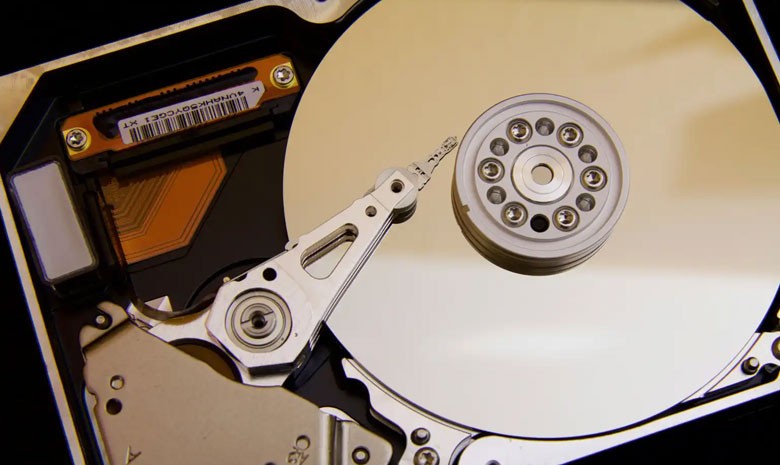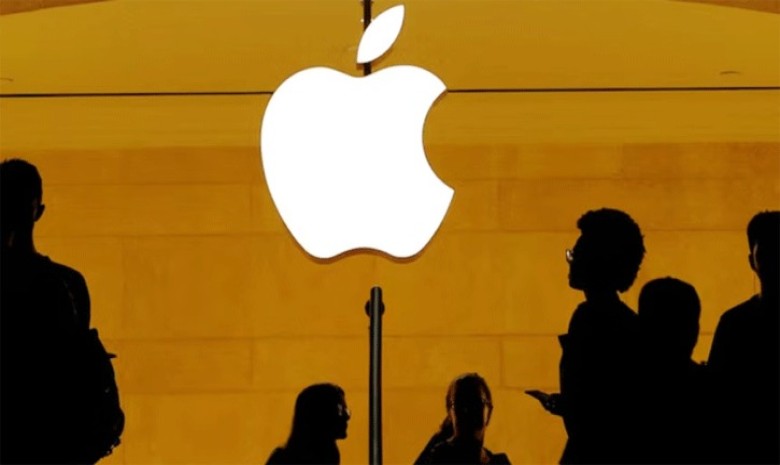Our daily lives now revolve around digital devices. From office work to personal photos, music, and videos — everything is stored on computers, laptops, or mobile phones.
But have you ever wondered how this information is actually saved? Terms like drive, partition, volume, or image are often heard, yet their precise meanings are not always clear.
A hard drive refers to the actual storage medium. This may be the traditional hard disk drive (HDD) with rotating magnetic platters or the more modern solid-state drive (SSD) that uses flash memory.
The word drive more broadly denotes the electronics and technology that enable data to be read and written. In practice, both functions are usually combined into a single device — even SSDs without moving parts are still referred to as drives.
Partitions are logical subdivisions of a storage device. They organize memory but are initially empty and unusable. Only when formatted and assigned a file system do they become volumes, which then appear in the operating system as independent drives, typically labeled “C:” or “D:”. A single hard drive can therefore hold multiple partitions and volumes.
In virtual environments, such as VirtualBox or VMware, virtual hard disks exist as files that behave like real storage devices. Virtual partitions are also possible, where several physical areas are combined into one logical unit — a technology commonly used in Linux.
An image is a complete copy of a volume, including its data, file system, and boot information. Images are essential for backup and restoration but require special software to be accessed. On macOS, the APFS file system uses containers — flexible structures that hold multiple volumes and dynamically share storage space. Unlike fixed-size partitions, containers allow more efficient use of available memory.
In short: hard disks and drives are physical hardware, while partitions and volumes are logical units. Images are full system copies for backup, and containers provide dynamic storage management. Understanding these distinctions helps ensure more precise work with data and better protection of information.
Source: PCWorld
Total views: 830



























